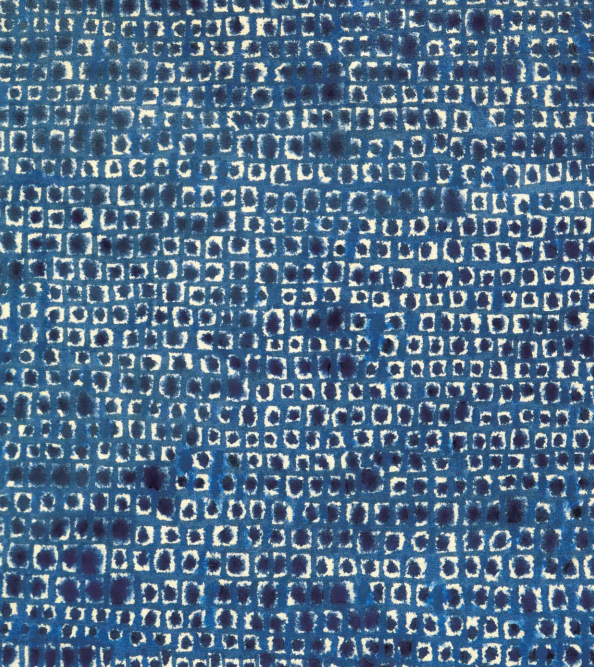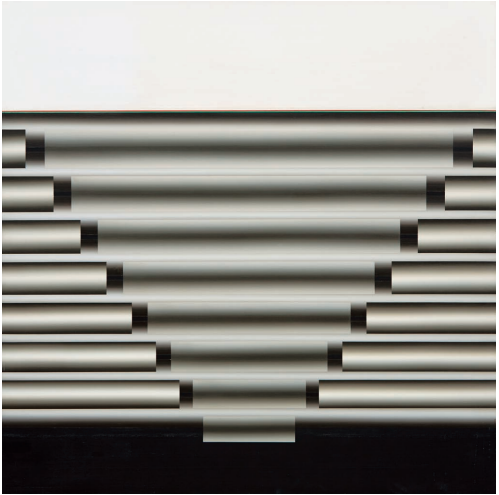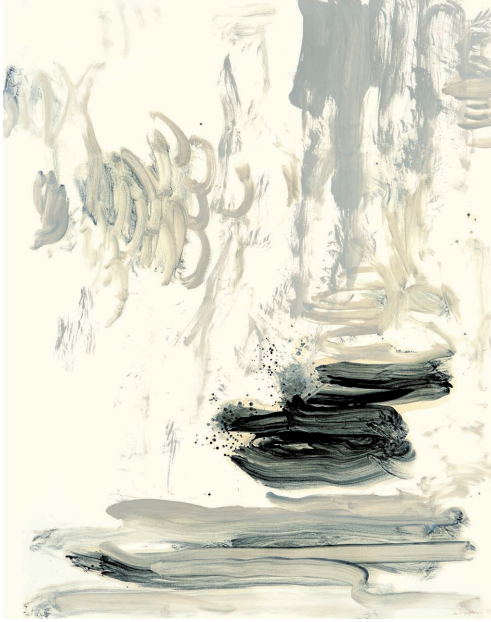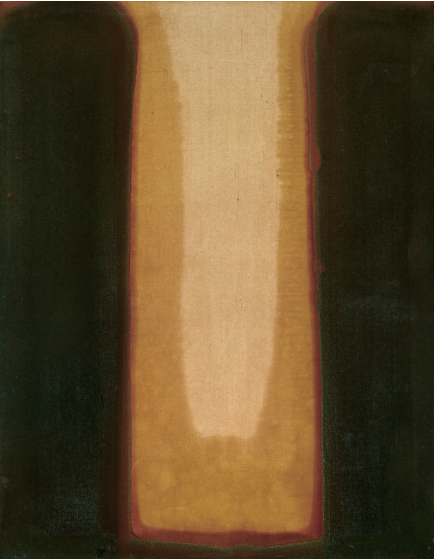Art & Exhibitions
artnet Asks: K Auction on the Market’s Dansaekhwa Moment
And why you should take a look at their May auction.

And why you should take a look at their May auction.

Artnet Galleries Team

K Auction is one of Korea’s foremost auction houses, specializing in both modern and contemporary Korean art, traditional artifacts, and international artists. With seasonal auctions occurring in both Seoul and Hong Kong, it has firmly established itself as one of the leaders of the Korean art market. K Auction’s modern and contemporary art specialist, Jackline Jiae Byun, spoke with us about their recent New York exhibition, “Korean Abstract Art: Early Works,” and their upcoming May Sale in Hong Kong.
K Auction was established in 2005. How has the South Korean art market changed since your opening?
K Auction has revolutionized the existing monopoly, and encouraged healthy competition with fair pricing in the Korean art market. We aim to promote the unique excellence of Korean art by hosting sales abroad in joint auctions held in Hong Kong in alliance with other Asian auction houses under the name of United Asian Auctioneers (previously AAW). We launched our inaugural solo auction in March 2015 with astonishing results, as 89% of total lots sold. Coupled with the positive response in Hong Kong market, K Auction went on to host its fifth Hong Kong sale last March during Art Basel period that saw 90% of total lots sold.

Lee Seung-Jo, Untitled (1977). Courtesy of K Auction.
Can you explain the Dansaekhwa movement, and how it is specific to the 20th-century Korean painters represented in K Auction recent New York show?
A distinct phenomenon in the international art scene is the Dansaekhwa boom. As the face of contemporary Korean abstract art, Dansaekhwa manifests the essence of Modernist aesthetics that emerged in South Korea during the early 1970s—though that is not to say that Korean Modernism did not exist before the 1970s. From the late 1950s to the mid-1960s, the Bijunghyeong, or Informel, movement was prevalent, where young Korean artists who had been inspired by Europe’s Ert Informel and America’s Abstract Expressionism attempted to express the calamities they had experienced during the Korean War, not only through paint, but through other rough materials such as plaster and cement.
These efforts gave rise to new art movement, spearheaded by young artists in their 20s such as Kim Tschang-Yeul, Park Seo-Bo, and Chung Sang-Hwa, with exhibitions hosted by the Korea Association of Modern Artists as their vehicle. It was these artists who later went on to pioneer the Dansaekhwa movement during the 1970s.
The works of 14 artists—including Kim Whan-Ki, Lee Ufan, Park Seo-Bo, and more—featured in K Auction’s inaugural New York exhibition are noteworthy in that they exemplify the quintessence of Korean modern painting, especially abstract painting. Another characteristic of the exhibition is that all the artists—with the notable exception of Suh Seok, Rhee Seund Ja, and Nam Kwan—belong to the Dansaekhwa school. Most of them are or would have been in their 80s, making them the elders of Korean modern art.
Will the works of these artists be present in your upcoming May Sale in Hong Kong as well?
The artworks from Korean Abstract Art: Early Works were only available for sale during the exhibition but many of the artists represented in the exhibit will also be represented in our next Hong Kong sale, scheduled to be held on May 29, 2016.

Lee Ufan, With Winds (1989). Courtesy of K Auction.
Is there a specific piece in your upcoming auction that you feel represents contemporary Korean Art?
Kim Whan-Ki was a pioneering artist who embraced blue hues for his Dansaekhwa paintings from the late 1960s. It was in his studio near the Hudson River that he developed his unique abstract style of using a brush dipped in watery blue pigment to cover the canvas with dots. As he populated his paintings with dots, his mind dwelled on the faces of the family he had left behind in his homeland. Kim’s representative work in the auction is Where, In What Form, Shall We Meet Again, which he created in 1970.
Why should collectors invest in Korean artists? What is a key piece of advice you would give to a new collector in this market?
Dansaekhwa’s market boom can be traced back to Blum & Poe’s exhibition of six Korean Dansaekhwa masters, curated by Joan Kee, the author of Contemporary Korean Art: Tansaekhwa and the Urgency of Method. People appreciate the simplicity of Dansaekhwa, and Western collectors are more and more interested outside America and Europe. Dansaekhwa paintings have been showcased at major art fairs such as Art Basel, Frieze, and Fiac, with blue-chip galleries such as Galerie Perrotin also hosting solo exhibitions of Dansaekhwa masters. K Auction is the force behind the remarkable Korean auction market growth, and it is likely the Dansaekhwa boom will continue for the next four to five years as there has been be continuous demand from international collectors. The prospects for Dansaekhwa market are positive, as it is not limited to the local Korean art market anymore.

Yun Hyong-Keun, Umber-Blue (1975–1978).
artnet Auction House Partnerships offer an ideal way for auction houses to gain international exposure for their sales and lots. Learn more about becoming a partner here, or explore upcoming sales here.